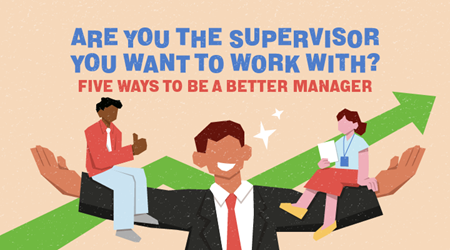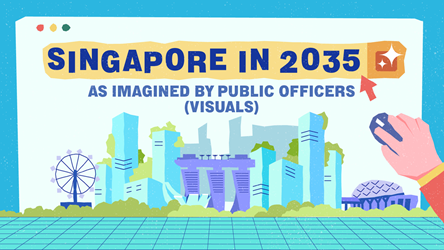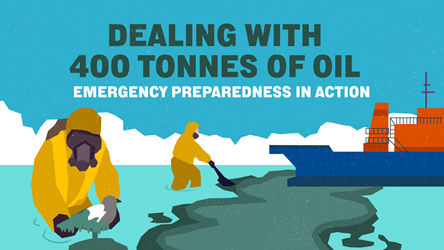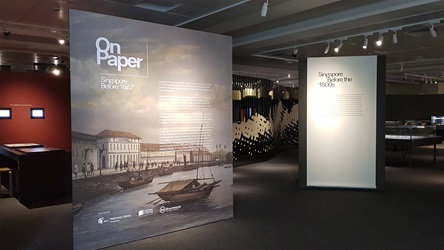Instruction Manual January 2017

JARGON WATCH
Tech Jargon
Breadcrumb: A navigational feature, usually appearing near the top of web pages, showing users which part of the website the user is in. An example of the breadcrumb navigation feature is: “Homepage > main category page > sub-category page > item detail page”.Content Management System (CMS): The application through which a website is created and amended. WordPress is the most popular CMS used worldwide.
Public Service Jargon
Placemaking: The design, development and management of public spaces to reinvent them as spaces that offer value to the surrounding community. An example of placemaking is using an empty or neglected space for community events.Regulatory sandbox: A "safe space" where certain regulatory requirements are relaxed so that organisations can experiment with and test innovative products, services or business models.
Say It Like This
Wi-Fi: It is not true that the British pronunciation is “wee-fee”. This modern necessity only has one correct English pronunciation: “why-fai”.
ASK A PRO
The future belongs to those who make

A Q&A with Ms KAY CHEW LIN, Futures Catalyst at the Sustainable Living Lab makerspace, where she helps individuals and organisations explore future trends and their impact on the world. She was previously a strategist at the Centre for Strategic Futures, Public Service Division.
Q: What's a futurist like you doing in a makerspace?
A: When it comes to “the future”, the verb we often use is “think”. The future, we imagine, is faraway and something that will happen. What if we use the verb “make” instead? For the future is not something that will just happen. If we want certain outcomes (or to avoid others), the only thing to do is get our hands dirty. This is where making comes in. Creating a multidimensional way to interact with ideas and possibilities can excite people in ways that written reports (though important!) cannot. For example, we organised a series of Future Friday public sessions in 2015 around the theme of transport, a response to the train breakdowns then. Volunteers designed and built a transport-planning game. It was in the making that we started to experience for ourselves the tradeoffs a policymaker has to make, e.g., between speed (by prioritising motorised transport) and community spirit (through pedestrianised streets).
Q: How does making relate to policy?
A: Can we put ourselves in a future that a policy is meant to create, before we even implement it? For policymakers, immersion is a way to express policy outcomes in concrete ways that can be much easier for members of the public to understand.
It is also valuable for persuasion and gaining partners and champions. Even before creating experiences, the process of putting together the underlying story – a curation of assumptions, values or outcomes that matter to us – can be illuminating. In the transport game, for example, the reaction of “What, no cars? How can?” highlights an opportunity to transform our mental models about the purpose of transportation. Making is also an opportunity to find new possibilities. A material like cardboard or wood presents to us opportunities that words cannot. In a Future Friday session on creating simple prototypes for product design, participants had a brief to design a toothbrush from the future. Using the same materials, they created a rich universe populated with different needs and desires – a combined toothbrush-nutrition analyser for the health-conscious, a frowning toothbrush for those who need emotional encouragement to brush – ideas we might have dismissed as silly if we simply talked about them. Making then is another form of language.
Q: How do I start making?
A: Making is not only for the technically gifted, nor does it require expensive equipment. All you really need is some time and creativity. In the process, we also inculcate in ourselves the maker mindset: Craftsmanship tells us to take pride in what we do – we do good work, dream good dreams and build good futures. The can-do spirit comes when we trust our curiosity to take us to unfamiliar places and learn new skills. What we don't know now, we can learn, and use that to carry on. Openness tells us to share. It is a future that we share after all, and by dreaming together and sharing our skills, perhaps we will be better able to shape the futures we want.
Making is not only for the technically gifted, nor does it require expensive equipment. All you really need is some time and creativity.
Got a question or topic you want answered by a pro? Send your suggestions to psd_challenge@psd.gov.sg
IN NUMBERS
Employee figures in the Public Service
Based on data from the Public Service Division and the Department of Statistics, the proportion of public officers in different agencies have remained consistent since 2008, at approximately


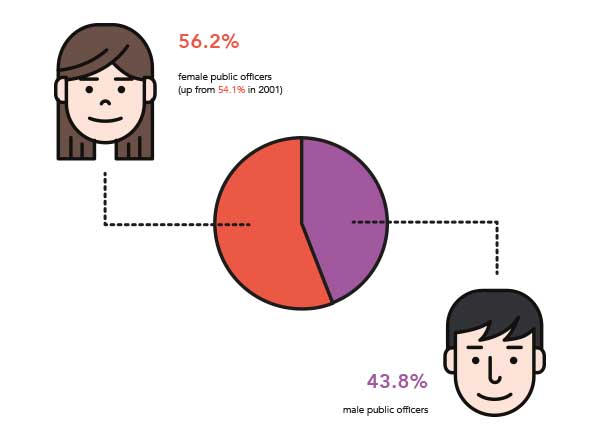
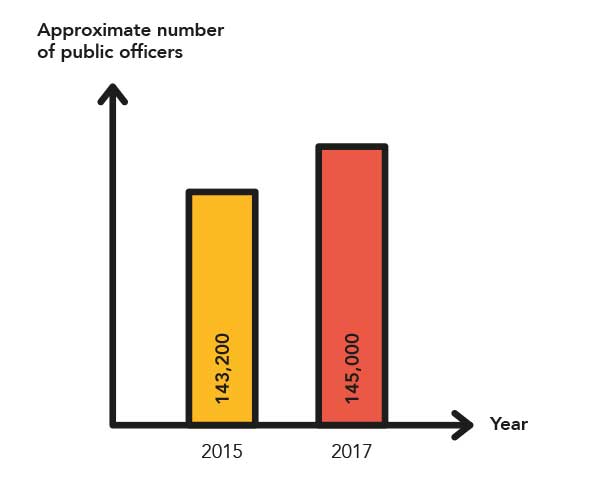
GET WIRED
Privacy check

Want to stay on social media, but have a low profile? Many social media platforms offer options to help you stay active while maintaining your privacy.
On Facebook
Restrict others from using your email address or phone number to find your profile under “Privacy Settings and Tools”. You can also prevent your personal page from showing up on external search engines like Google. Other privacy options include being able to moderate content you are tagged in before it appears on your public timeline – look for this under “Timeline and Tagging Settings”. You can also control whether your name shows up as a suggestion for tagging when Facebook detects your face in photos uploaded by other users.
On Twitter
By default, Twitter lets others find your profile with your email address or phone number. To prevent this, turn off both “Discoverability” options under “Privacy and Safety” in your settings.
On Instagram
You can opt out of appearing as a recommendation to followers of other profiles similar to yours. As this option doesn’t appear to some mobile users, you may have to log in from a desktop browser. Under “Edit profile”, uncheck the “Similar accounts suggestions” box.
- POSTED ON
Apr 4, 2017
-
Work Better
Instruction Manual 2017




